
Sustainable Furniture Choices for Eco-Friendly Homes
Creating an eco-friendly home involves more than just installing solar panels or using energy-efficient appliances; it often begins with the choices we make about the furniture we bring into our living spaces. Sustainable furniture not only reduces environmental impact but also promotes healthy living and supports ethical manufacturing practices. By choosing pieces made from renewable materials, crafted with minimal waste, and designed to last, homeowners can enjoy comfort and style while caring for the planet. This page explores how to make thoughtful furniture choices that align with green values, ensuring that every piece in your home reflects a commitment to ecological responsibility.
Understanding Sustainable Furniture
Defining Sustainability in Furniture
Sustainability in furniture refers to sourcing, crafting, and disposing of products in a manner that conserves resources, reduces pollution, and ensures lasting utility. This means favoring renewable materials, minimizing manufacturing emissions, and designing items for durability. Choosing sustainable furniture goes beyond aesthetics; it requires a holistic consideration of how every piece affects the environment throughout its lifecycle. By focusing on these principles, consumers can actively reduce their carbon footprint while supporting a market shift toward responsible production.

Choosing Sustainable Materials
Responsibly Sourced Wood
Wood is one of the most popular furniture materials, but not all wood is created equal. Responsibly sourced wood comes from forests managed to maintain biodiversity and preserve ecological integrity. Certified woods, such as those carrying the FSC label, guarantee ethical harvesting methods. Using this kind of wood not only protects forests from depletion but also assures that wildlife habitats and indigenous communities are respected. A well-crafted wooden piece from a sustainable source stands as both a functional object and a testament to environmental stewardship.
Alternatives to Virgin Materials
Furniture made from recycled, reclaimed, or upcycled materials provides a significant reduction in environmental impact compared to those created from virgin resources. For instance, reclaimed wood from old buildings or barns gains a second life as unique, character-rich pieces, while recycled plastics and metals divert waste from landfills. Choosing these alternatives not only saves raw materials and energy but also fosters creativity in design, blending sustainability with originality.
The Benefits of Natural Fibers
Natural fibers such as organic cotton, linen, hemp, and bamboo offer sustainable alternatives for upholstered furniture and furnishings. These materials are renewable and biodegradable, often produced without the toxic chemicals found in conventional synthetics. Furniture crafted with natural fibers provides a healthy indoor environment, free from volatile organic compounds or chemical irritants, making them ideal for families seeking both comfort and sustainability.
Supporting locally crafted furniture reduces the carbon footprint associated with long-distance shipping. Local artisans often use regionally sourced materials and traditional techniques, minimizing transportation-related emissions and fostering community economies. Investing in locally made pieces also allows for greater accountability and quality control, often circumventing environmentally harmful mass-production processes.
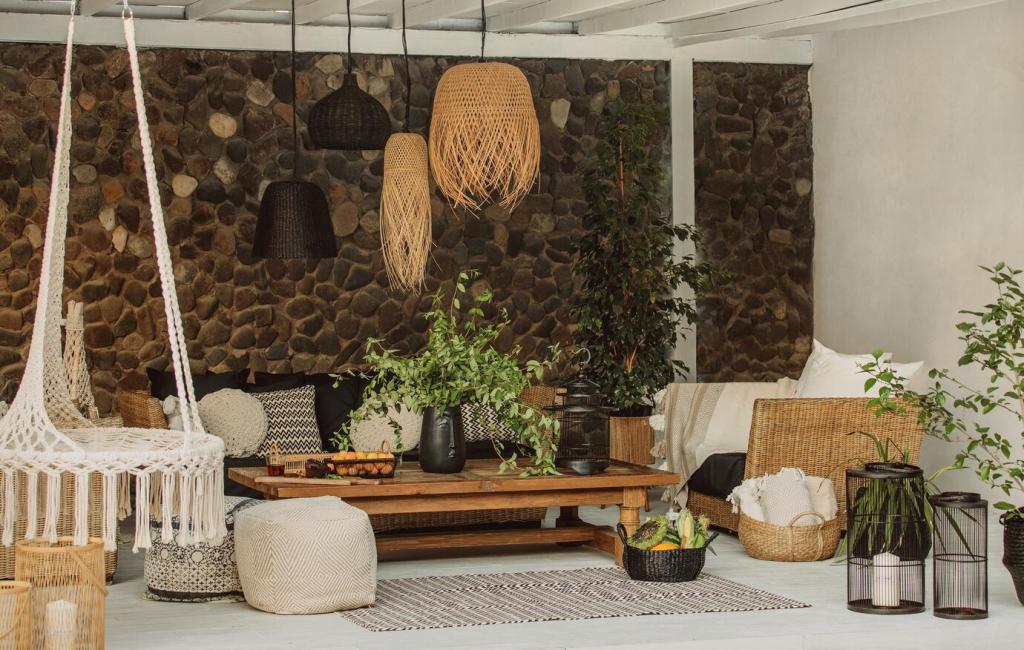
The Importance of Durability and Longevity
Timeless Design for Extended Use
Timeless design means opting for furniture styles that transcend passing trends. Pieces with classic, understated features adapt to changing décor preferences, encouraging owners to keep and cherish them for years, not seasons. By investing in timeless rather than trendy furniture, homeowners reduce waste and support a culture built on quality rather than disposability.
Repairable and Modular Pieces
Furniture designed for easy repair or with modular components extends its useful life. Modular pieces can be reconfigured to meet evolving needs, while easily replaceable components allow for swift repair rather than replacement. This approach not only minimizes waste but also empowers homeowners to be resourceful, stretching each item’s lifespan and conserving resources in the process.
Warranties and Aftercare Services
Sustainable furniture brands often support their products with strong warranties and reliable aftercare services. These commitments enable customers to have damaged items restored rather than discarded. Warranties and maintenance offerings demonstrate a company’s faith in its product’s longevity and encourage customers to invest in furniture that is made to last through generations, not just a single season.
Supporting Ethical and Transparent Brands

Fair Labor Practices in Manufacturing
Furniture manufacturing can be labor-intensive, and choosing brands that prioritize fair wages, safe conditions, and workers’ rights ensures a socially sustainable purchase. Responsible companies provide full visibility into their labor practices and often support their workforce through training, healthcare, and community investment. As a result, each purchase supports not just environmental sustainability, but human dignity worldwide.

Transparent Supply Chains
Transparency about sourcing, production methods, and business partnerships builds trust between consumers and brands. Companies that openly share their supply chain details invite accountability and customer confidence. By supporting these brands, homeowners foster a culture of openness and responsibility that encourages the entire industry to prioritize sustainability and ethical practices.
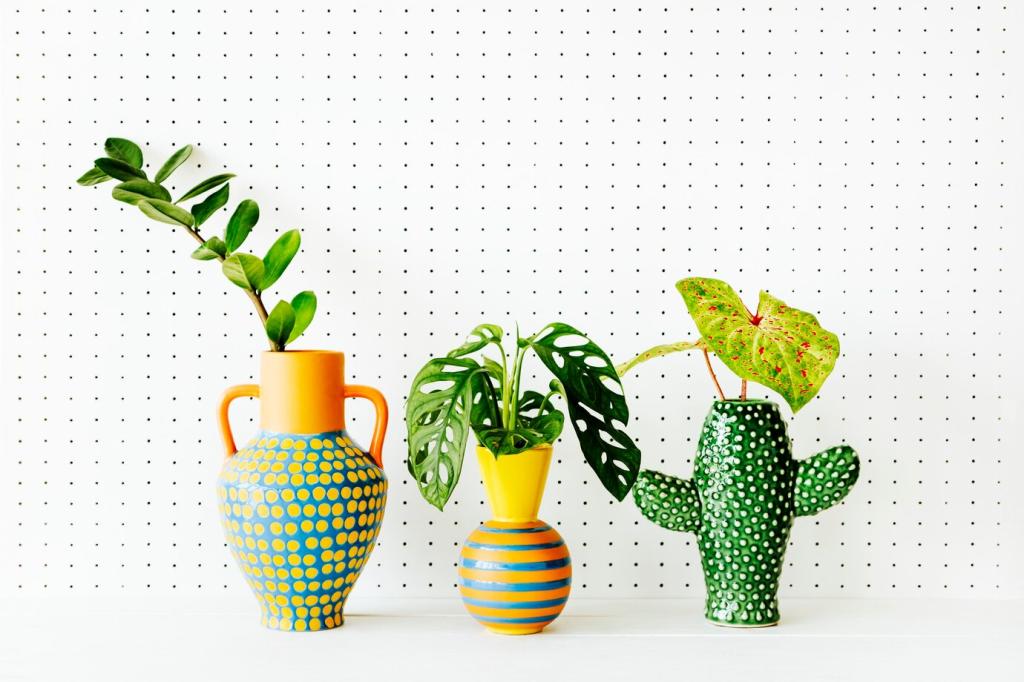
Community-Centered Initiatives
Some eco-friendly furniture companies invest back into their communities, supporting local education, conservation, or economic programs. When you choose brands with a strong local focus or charitable initiatives, your purchase makes a tangible difference beyond your home. These community-centered approaches amplify the positive ripple effects of conscious consumerism, turning every furniture buy into an investment in social and environmental well-being.
Reuse, Restoration, and Second-Hand Options
Pre-owned furniture carries a wealth of advantages, starting with conservation—no new resources are extracted or processed, minimizing the ecological footprint. Older pieces, often built with superior craftsmanship and materials, can outlast many mass-produced alternatives. Choosing pre-owned furniture not only keeps quality items in use but also allows for distinctive style expressions that set your home apart from the uniformity of new merchandise.
Restoring old or damaged furniture breathes new life into neglected pieces while reducing the need for additional production. Restoration involves cleaning, repairing, and refinishing items, often improving both function and aesthetics. This process not only preserves precious resources but also lets homeowners build a personal connection with their furnishings, imbuing their living spaces with stories and meaning.
The second-hand furniture market is thriving, from online marketplaces to local thrift shops and flea markets. Successfully navigating these options entails understanding quality markers, identifying valuable designs, and being willing to invest time into minor repairs or customization. With care and patience, shoppers can discover sustainable treasures that align with their values and complement their home, all while reducing environmental impact.
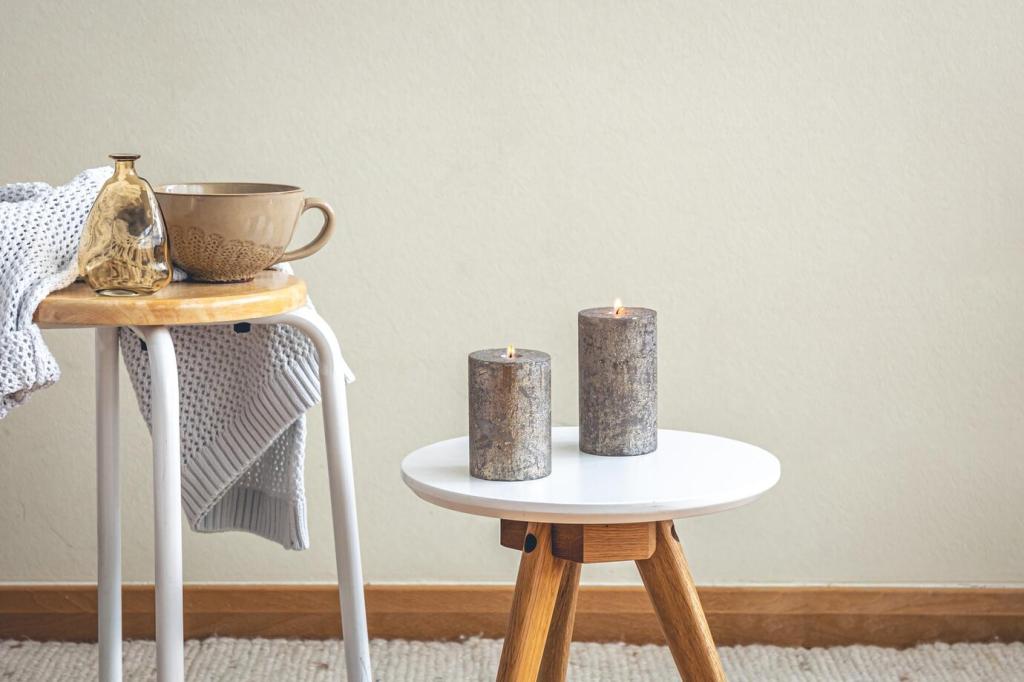
Sustainable Furniture for Every Room
Living Rooms with a Green Focus
The living room is often the centerpiece of a home, making it an ideal place for Earth-friendly statement pieces. Choosing sofas, coffee tables, and shelving made from reclaimed or responsibly sourced materials sets the tone for the entire household. Incorporating sustainable textiles and durable construction ensures comfort, style, and ecological responsibility seamlessly blend in this high-traffic area.
Bedrooms Prioritizing Health
The bedroom should be a sanctuary, and the right sustainable furniture can enhance sleep quality while safeguarding indoor air purity. Beds, mattresses, and dressers crafted from natural fibers and low-emission materials create a healthy, toxin-free environment. Prioritizing durable, modular, and ethically sourced items ensures that comfort and environmental stewardship emerge as natural companions in personal spaces.
Outdoor and Patio Choices
Outdoor furniture faces unique sustainability challenges due to weather durability and material selection. Opting for sustainably harvested teak, recycled metals, or innovative materials like eco-friendly wicker provides long-lasting and low-impact seating, tables, and decor. Investing in adaptable, weather-resistant designs allows homeowners to create vibrant outdoor spaces that honor the planet as much as they celebrate relaxation and social connection.
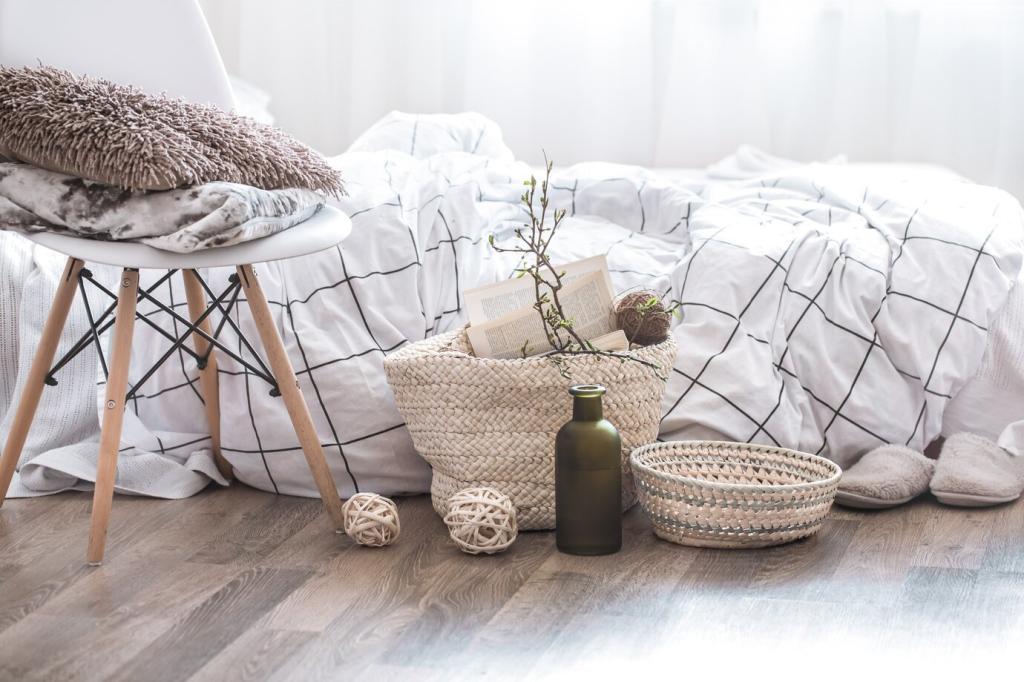
Cleaning with Eco-Friendly Products
Regular cleaning using non-toxic, biodegradable products protects sensitive materials and the environment alike. Natural solutions such as vinegar, plant-based sprays, or mild soap keep wood, fabrics, and finishes fresh without resorting to harsh chemicals. Safe cleaning practices preserve furniture’s beauty and support healthy indoor air quality, maintaining both sustainability and comfort at home.
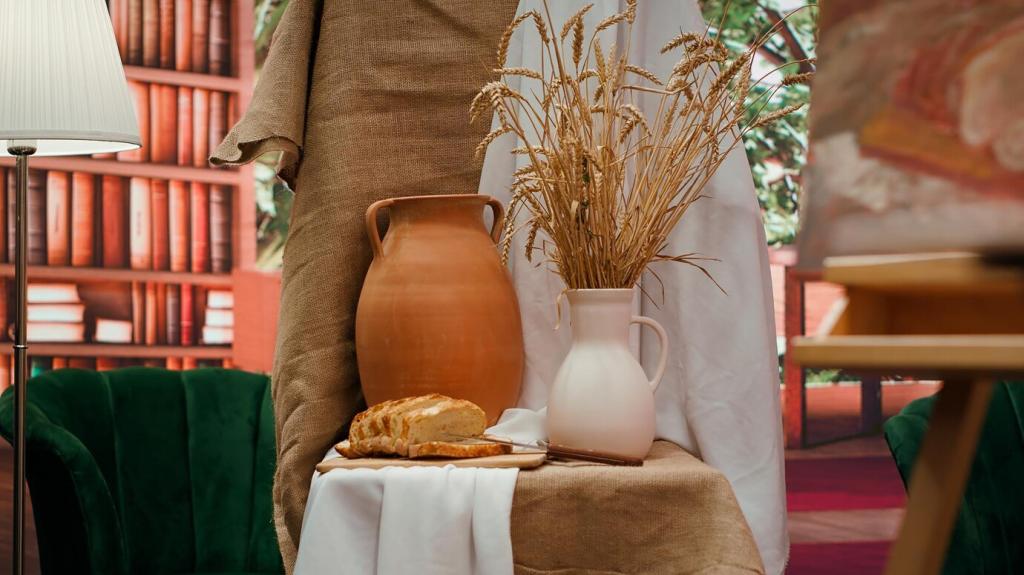
Preventive Care and Upkeep
Simple preventive measures—like using coasters, repositioning pieces to avoid sun damage, and rotating cushions—help mitigate wear and tear. Addressing minor issues promptly, such as tightening loose hardware or fixing scratches, ensures that small problems don’t escalate into reasons for replacement. Consistent upkeep not only saves resources but also demonstrates respect for craftsmanship, further reinforcing a sustainable lifestyle.
